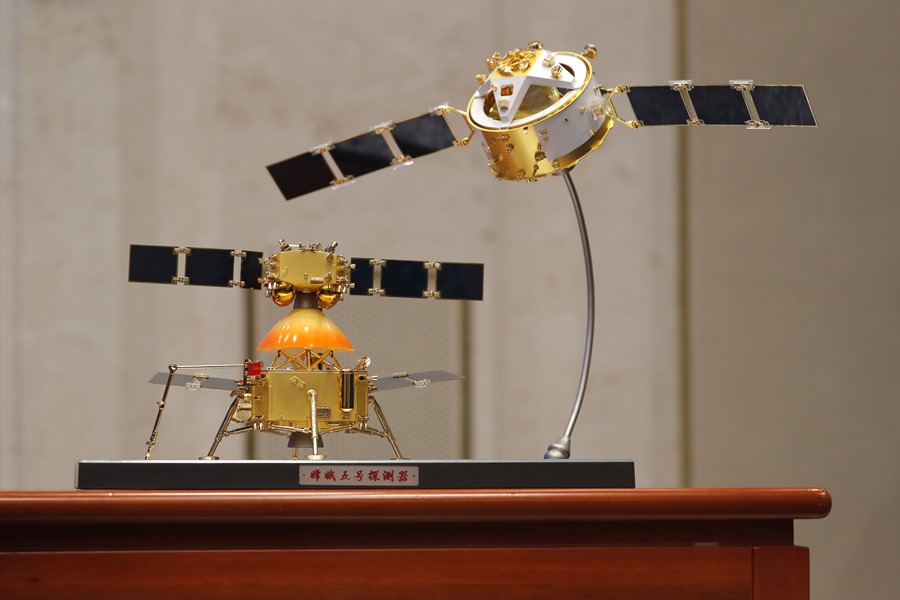The Chang’e-6 mission delivered almost 2 kg of samples from the far side of the Moon

Beijing (EFE). This Friday, China announced the volume of material it was able to bring back from the far side of the Moon using the Chang’e-6 mission, amounting to a total of 1935.3 grams of samples.
The announcement was made by the China National Space Administration (CNSA), which confirmed that the samples, the first to return to Earth from the far side of the Earth’s satellite, had already been delivered to research teams at a ceremony held in Beijing.
“We have noticed that the samples brought back by Chang’e-6 are more viscous than previous ones, with lumps. These are characteristics that can be observed at this time,” Ge Ping, deputy director of the CNSA’s Lunar Science and Engineering Center and a mission spokesman, said in statements carried by state-run Xinhua News Agency.
The samples, which include rocks and regolith, were carefully extracted from the Aitken crater at the South Pole, one of the largest and oldest on the Moon.
The capsule with satellite samples successfully landed on June 25 in the northern autonomous region of Inner Mongolia.
Sample analysis
After a careful process of recovery and transportation to Beijing, the samples were delivered to selected Chinese research teams to begin their analysis and research.
Chinese President Xi Jinping on Tuesday congratulated the “total success of the mission” and emphasized China’s “aspirations to become a space and technology power.”
“Over the past twenty years, everyone involved in the lunar exploration project has reached the heights of science and technology, achieving outstanding achievements that have attracted the attention of the whole world,” the Chinese president said.
China, the only country to have landed on the far side of the moon so far, will dedicate Chang’e’s next two missions to exploring the moon’s south pole, where it plans to build a research base with Russia and other countries. countries.
Chang’e 7 mission in 2026.
The Chang’e-7 mission is scheduled to reach the moon’s south pole in 2026, where it will search for water ice deposits, while Chang’e-8 in 2028 will study possible uses for the resources discovered by its predecessor and lay the foundations for a manned exploration that China’s space program hopes to undertake around 2030.
Also this Thursday, China announced new projects for its space program, planning to explore Mars and Jupiter in the coming decades.
Beijing has invested heavily in its space program in recent years, carrying out various exploration missions or building its own Tiangong space station, which will operate for about a decade.
Starting in 2024, the Chinese platform will become the world’s only space station if the International Space Station, an initiative led by the United States and to which China is barred because of its space program’s military ties, fails this year as planned.